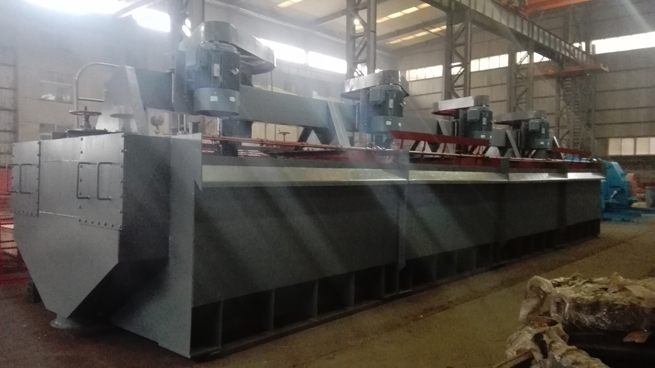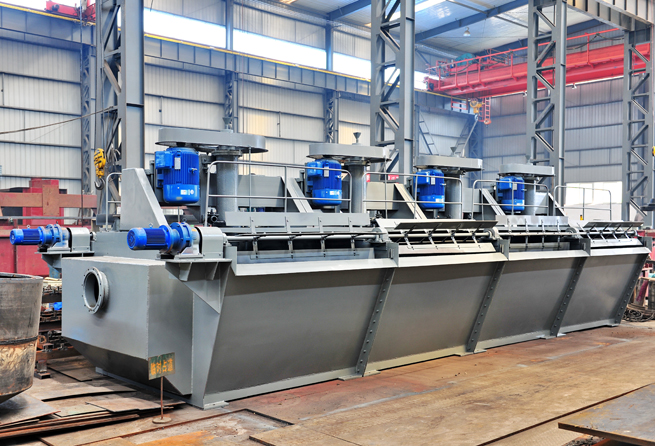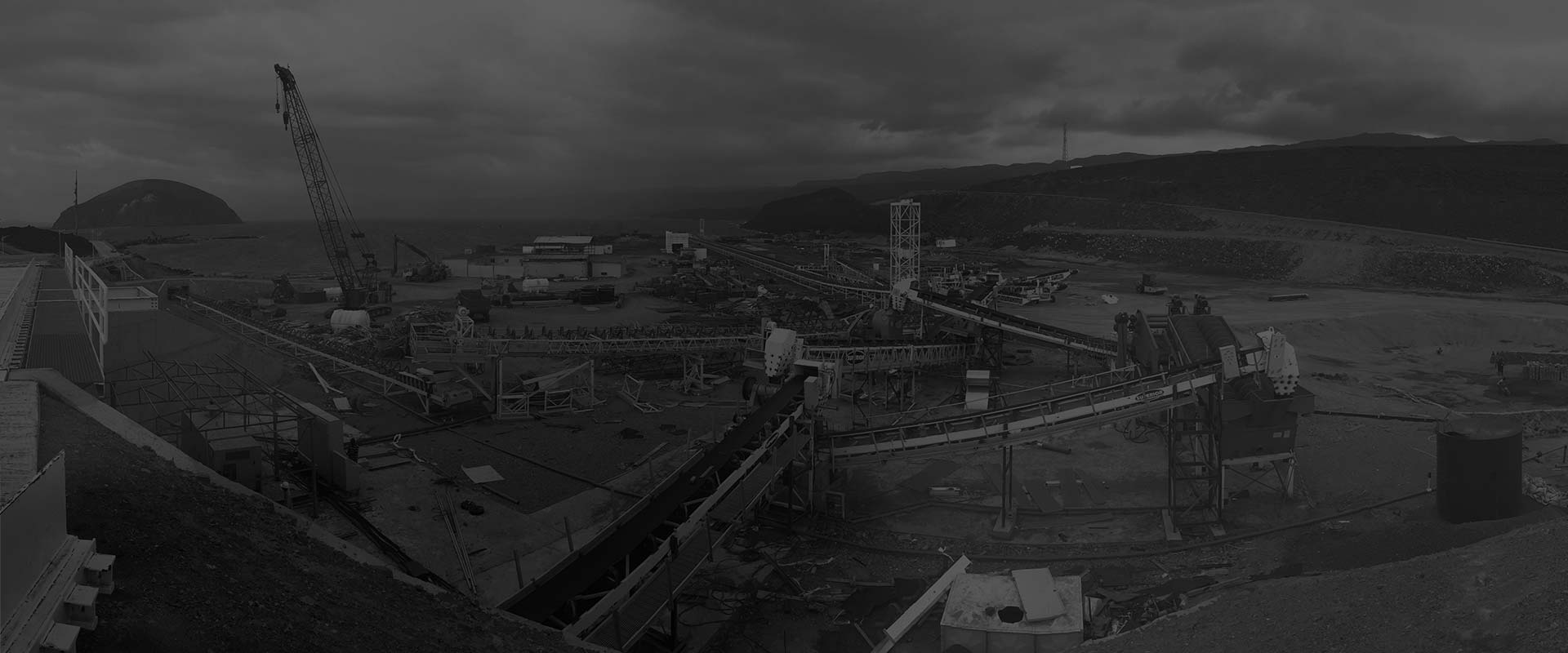0086-379-64087240
A flotation machine is a mineral processing equipment used for separating metal minerals, non-metallic minerals, and other substances through a flotation separation process. Flotation involves treating ore with appropriate reagents to make minerals attach to bubbles and separate them from the rest of the material. A typical flotation machine consists of a slurry agitation device, feed inlet, bubble attachment device, and slurry discharge port.
Based on the way bubbles are generated and their structural characteristics, flotation machines can be divided into the following types:
A mechanical flotation machine mainly consists of a rotating shaft and blades, an agitation mechanism, a gas absorption device, a slurry feed inlet, and a slurry discharge port. In mechanical flotation machines, bubbles are usually generated by mechanical force from rotating blades.
An overflow flotation machine usually adopts a ring-shaped flotation tank design. The slurry flows in the ring-shaped flotation tank, and the bottom air or gas flow is usually perpendicular to the liquid surface. During this process, bubbles are generated by a gas absorption device and stick to solid minerals, achieving solid-liquid separation.
An ore dressing slot flotation machine usually adopts the structure of an ore dressing slot. By controlling the position and flow rate of the ore inlet and outlet, the flow velocity and direction of the slurry are adjusted to allow sufficient contact between the slurry and bubbles, achieving flotation separation.
A non-mechanical flotation machine usually uses physical force fields such as ultrasound or microwaves to act on the slurry. Bubbles are generated by physical effects, achieving flotation separation.
The above are some common types of flotation machines. Different types of flotation machines are suitable for different ore characteristics and processing requirements. Choosing the appropriate type of flotation machine can improve the efficiency of mineral processing and product quality.



